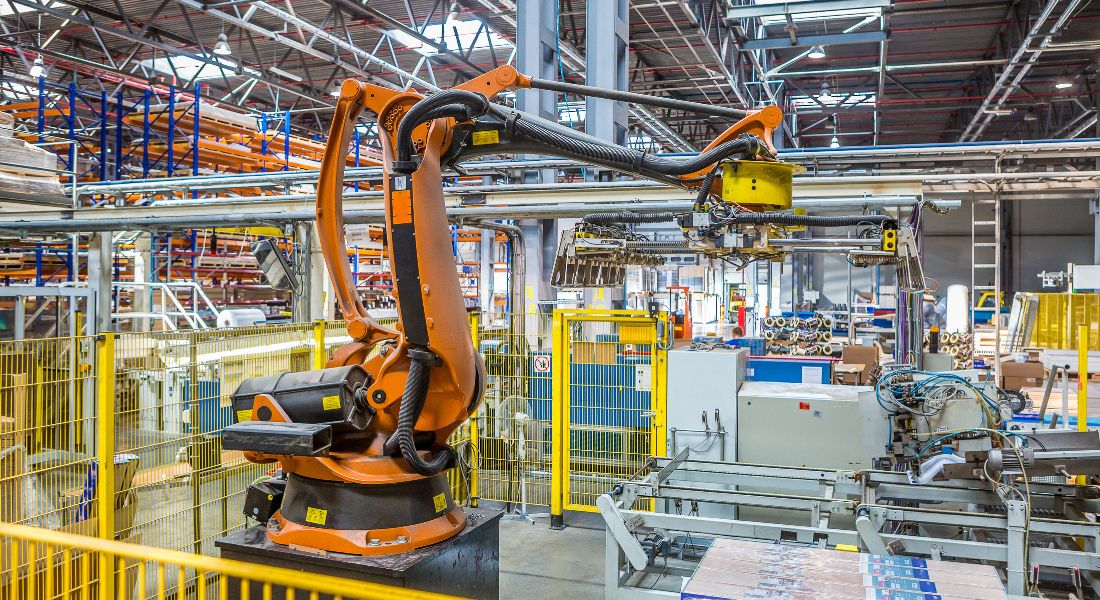Popular Automation Solutions To Bring to Your Warehouse
Automation solutions are becoming increasingly popular in warehouse operations as businesses look for ways to reduce labor costs and increase efficiency. Automating processes can streamline the logistics of your warehouse, enabling you to focus your labor on more value-added activities. In addition to greater customer satisfaction from a more dependable supply chain, you can also put more time and money toward marketing and other valuable digital services. Here’s a look at some of the most popular automation solutions to bring to your warehouse in the coming years and how they can bring growth and positive attention to your business.
Robotic Pickers and Packers
Robots are becoming increasingly commonplace in warehouses and can offer a wide range of services and solutions. One popular robotics application is picking and packing. Robotic pickers have sensors that allow them to quickly and accurately identify items, while robotic packers can package products using minimal materials. This type of automation is particularly useful for warehouses with large volumes of orders, as it can significantly reduce labor costs and improve accuracy.
Automated Guided Vehicles (AGVs)
Automated guided vehicles (AGVs) can move goods from one point in the warehouse to another without any human input. AGVs use a variety of technologies depending on the needs of the warehouse, but laser navigation—which uses lidar sensors—is among the most popular. In fact, AGVs and other similar logistics solutions are among the most exciting applications of lidar sensor technology to date.
With AGVs, warehouses can move large amounts of goods quickly and safely without having to worry about human error or fatigue slowing things down. AGVs also free up employees from manual labor tasks. This means they can focus on other aspects of their job, such as customer service or problem-solving. Additionally, AGVs enable warehouses to increase throughput by allowing them to move more goods faster than ever before.
Inventory Management Systems
Management systems are another powerful automation solution to adopt in your warehouse. Inventory management systems allow warehouses and distribution centers to better track their inventory levels in real time. This means that businesses no longer have to manually count their stock every week or month. Instead, these systems allow businesses to monitor current inventory levels, anticipate future needs based on past data, and plan accordingly. This reduces waste due to overstocking or lost sales due to understocking. Inventory management software also provides more accurate data on product sales trends, which allows businesses to make informed decisions about ordering, staffing, and more.




